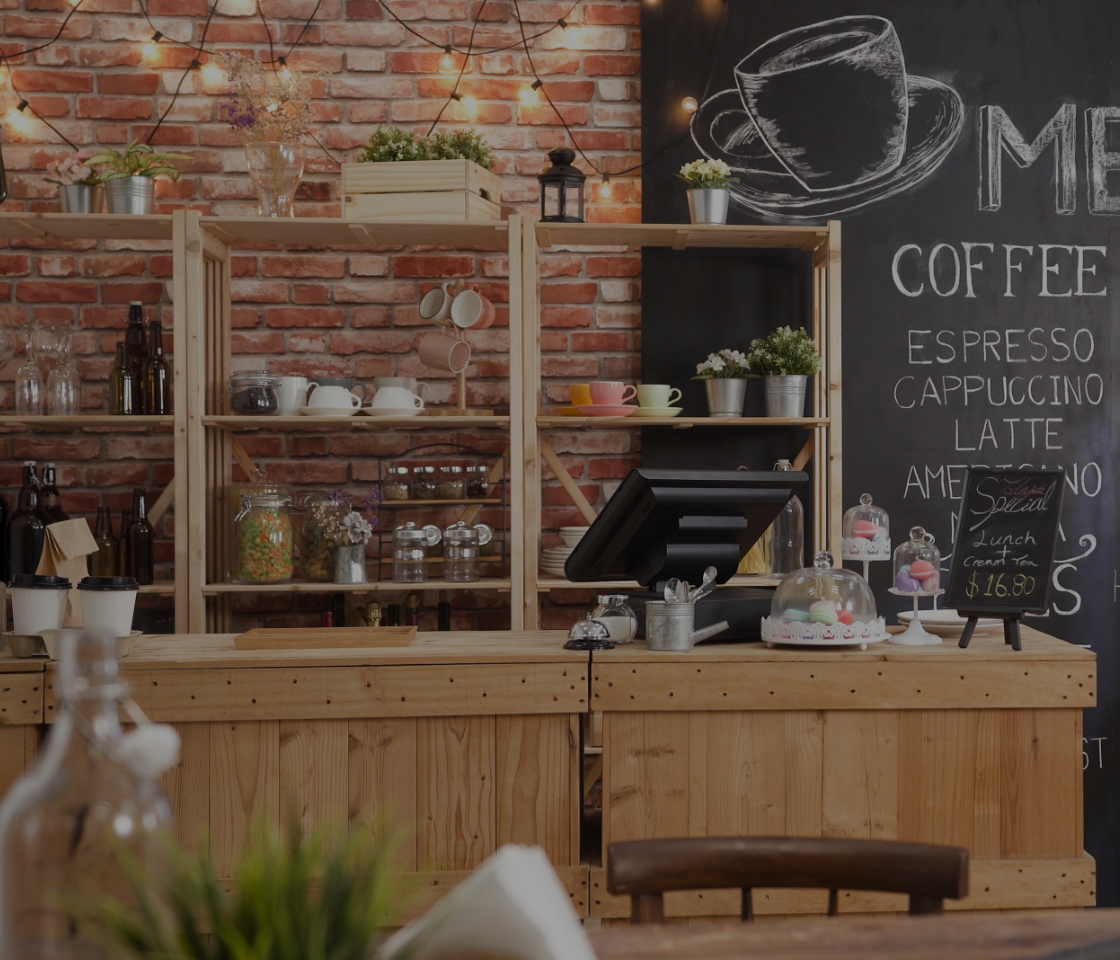With iterative design updates, retailers can meet the demands of ever-changing consumer behaviors without the financial risk
The nature and role of retail has changed and thus, iterative design updates have become increasingly relevant . Customers now shop more frequently online, forcing retailers to create one-of-a-kind in-store experiences that encourage their consumers to shop offline. For most retailers, the natural life cycle of updating a retail store to achieve just that means conducting 5-year strategic plans paired up with nation-wide rollouts over time. And while this approach works for most retailers, the reality is that these refreshes are not substantial enough to provide the unique shopping experiences customers crave in order to shop in-store. Not to mention, those 5-year roll outs are high cost and high risk for a potentially high reward.
Instead, leveraging an iterative design approach where designs are prototyped, tested, analyzed and refined can help retailers decrease the financial risk of missing the mark on a 5-year plan while creating more impact in both the market and customer experience. It’s no longer about seasonal displays and refreshes. With design updates, retailers can meet the demands of ever-changing consumer behaviours without the financial risk.
Why iterative design updates pack the most punch
The concept of store updates implemented in 3 to 5 year cycles may seem short for retailers, but for their customers, those design cycles can feel like an eternity. A 5-year plan implemented with small updates is table stakes in the world of retail design, and with consumer demands, product life cycles and trends constantly evolving, retailers need to be agile, adopting changes more quickly in a way that maximizes impact while minimizing cost.
Retailers also have little assurance that their final designs will generate the right outcome, much less result in a return on the investment in time and cost, so high-impact changes in the form of design updates allow retailers to try and test new designs that keep both their store and brand relevant to consumers without considerable financial risk.
What it really boils down to, though, is customer experience. Retailers have to consider both the shopping experience and engagement of consumers in an offline environment that’s as enjoyable and convenient as the online shopping experience is. Iterative design updates provide the opportunity to pin down exactly what works for customers prior to rolling out a high cost, multiyear design plan.
How to leverage these design updates
While these types of updates are designed to determine what works and what doesn’t for customers, they also create brand relevance in the form of press, social awareness and increased foot traffic to stores.
Take concept cars, for example. These cars not only demonstrate innovative design and signal to the market a competitive edge amongst automakers, but also result in brand conversation in the form of press and social media that keeps the brand both relevant and front of mind for customers. Concept cars are a design-forward approach automakers use to showcase new concepts without a significant roll-out.
Pop up stores function the same way, where brands can create one-off shopping experiences that test new designs and purchasing avenues while boosting brand awareness, giving brands valuable insights into customer buying decisions. IKEA’s Play Cafe, for example, combined IKEA’s famous food with a pop up cafe where kitchen goods could be used and sampled alongside the food, placing an emphasis on life in and around the home. Knowing their customers purchase home goods and food from their stores, IKEA took the best of their retail goods and combined them into a streamlined shopping experience.
Flagship stores can use these design updates in much the same way pop ups do, keeping a brand relevant and press-worthy without an expensive roll out. Brands like Warby Parker use their flagship stores to test both design updates and experiences, where every detail of an update – from seating areas to displays, lighting and more – can be tested to determine what resonates with customers and keeps them coming back. And, because flagship stores generate a considerable amount of buzz for bigger brands like Warby Parker, design updates give them the power to try ideas that generate shiny new experiences for shoppers.
Reducing risk thanks to iterative designs
Where many retailers go all-in on design changes, others may not push the envelope far enough to make any significant impact. Thanks to iterative design updates, retailers can operate on a middle ground where they can make substantial changes without the risk of a chain-wide roll out. The benefits are numerous, and ultimately benefit a retailer’s customers because they place emphasis on the consistent improvement of the customer experience by putting the customer’s shopping behaviors first.
Iterative design updates give internal teams the freedom to try new things, push ideas further and take creative risks, knowing that even if a design iteration fails, there is opportunity for success. By using this process to try and test such ideas, those same teams can implement chain-wide roll outs with confidence because they know what works from having tested the designs in the market. For the C-suite and SLT teams, knowing where their designs will succeed gives them the ability to stand in front of their stakeholders and make the bold claims or promises that will keep customers coming back for more. Ultimately, iterative design updates allow retailers to test new designs in the market without the significant financial risk often associated with large-scale design roll outs.
Could your retail store use a refresh?
Design updates can feel daunting, but the right strategy can help transform your iterative designs into tried, tested and true ones. If you’re interested in exploring what drives your customers to buy and how you can get out of the 5-year retail design rut, contact our team today to discover how we can help you elevate your retail design.

